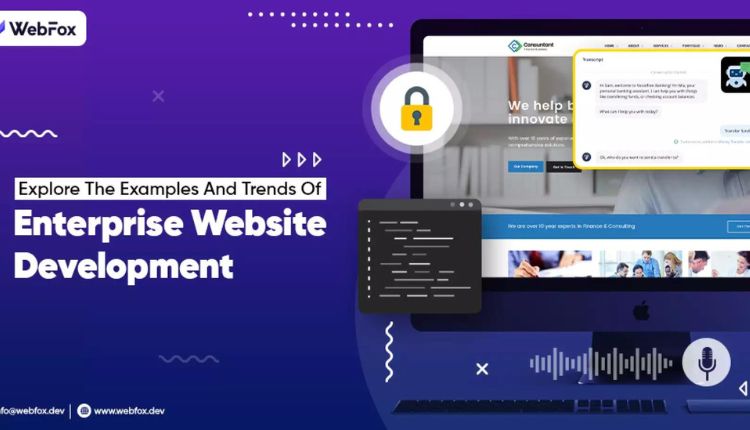An enterprise site is supposed to streamline a business’s interactions with customers, facilitate smooth operations, and promote growth. To achieve these goals you will need a lot of strategic thinking, careful planning, and enough technical expertise during the design stage.
Consider the following best practices for an enterprise site design, so that you can create one that meets your enterprise’s long-term objectives.
1. Make your site mobile-friendly and responsive
More than 58.99% of the global internet traffic comes from mobile devices, which is why it’s not wise to design your enterprise site exclusively for desktops. There are lots of customers who will be using their mobile devices to access your site, and they expect the mobile experience to match the desktop experience, if not surpass it.
By engaging renowned enterprise website design and development experts like Launch, you can create products that offer your customers the best mobile experience and adapt to various screen sizes effortlessly.
2. Use SEO-friendly elements
The best way to raise awareness about your business or enterprise site is by ranking higher in Search Engine Result Pages (SERPs) by Google and other search engines.
Most of the areas that you should optimize are part of the website code, such as heading tags and meta tags.
While tweaking and optimizing these elements will place you in an ideal position to reap as many benefits of Google’s optimization algorithm as possible, you can also incorporate other SEO-friendly elements. Videos, for instance, can increase the organic search traffic of an enterprise site by up to 157%.
3. Use the right typography
Typography, in this case, revolves around the font, font size, colors, line lengths, and line spacing that you use for written content on your website. Even when using custom typography for your site such as custom font, you should focus on achieving a clean look throughout the enterprise site.
Try keeping the following useful rules in mind during your site’s design process:
- Choose a font that is clear and readable
- Avoid using more than two font types throughout your enterprise site
- Opt for a custom font rather than a default one, since that will help a tad with brand recognition.
- Try your best to use a font color that complements the background colors.
4. Leverage hamburger menus
It’s a great idea to help your customers access everything that they need from the homepage. However, if you use normal menu designs, you may need more screen space than is practical. A quick solution to this problem? Hamburger menus.
A hamburger menu helps you keep the user’s screen clean and uncluttered while providing great navigational convenience.
5. Ensure cross-browser compatibility
Your enterprise site is supposed to render correctly when opened from different browsers, for maximum uniformity in user experience. Keep in mind that different browsers have different base engines and varying choices when selecting the features that will be incorporated into their systems.
Your best bet in enforcing cross-browser compatibility would be to conduct a lot of testing, either manually or using online systems.
6. Have enough white space
White space is the space that you leave between various elements such as sidebars or margins on webpages. The idea of white space on a website is to ensure that there is enough “breathing space” for the visitors. That way, they won’t feel overwhelmed and unable to focus productively due to intellectual exhaustion.
As long as you have some room between the different elements of your site, you can help the users focus on the most important parts such as calls to action.
Improve Your Site Design with Launch
Now that you know some of the best design practices for a superb enterprise site, go ahead and get it done.
But if you need some help getting started or along the way, engage the experts at Launch for a final result that will make your enterprise site a success!
